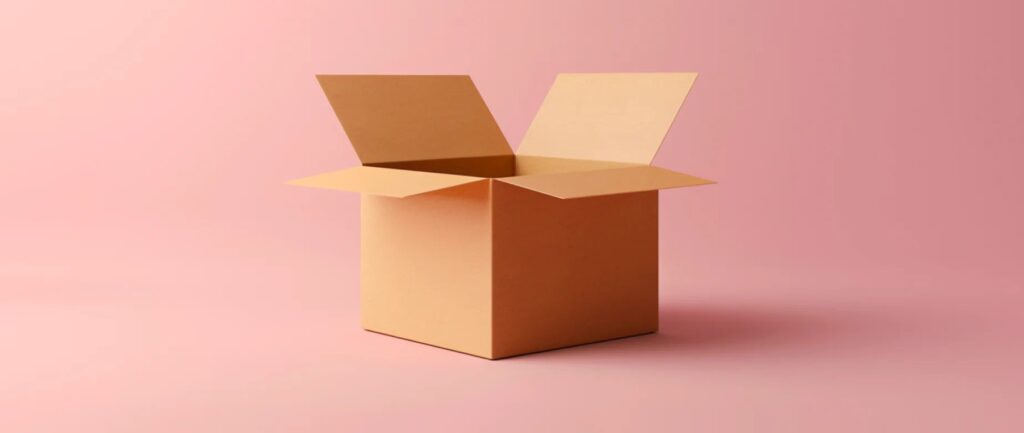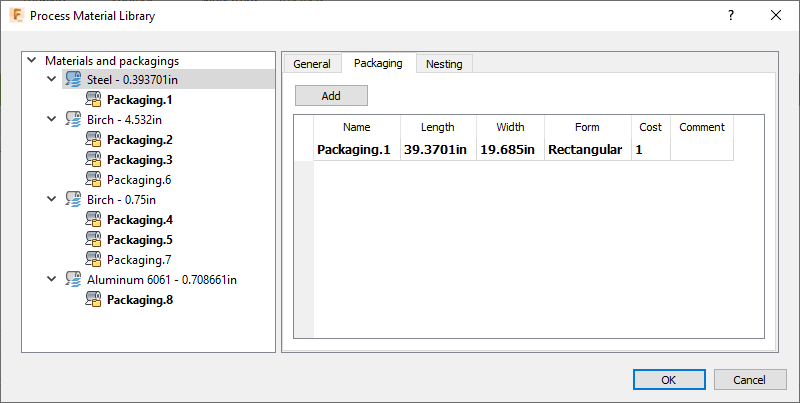Effective packaging design requires addressing critical questions about purpose, audience, brand values, production, and user experience. This guide highlights these considerations and explains how Autodesk Fusion can enhance the entire design process — from concept to final production.

Creating an effective packaging design requires more than just choosing colors and materials. It’s a multifaceted process that demands thoughtful consideration of various factors to ensure the packaging protects the product, attracts customers, and communicates your brand’s message. Here are the essential questions to guide you through this critical phase of product design.
What is the purpose of the packaging?
Fundamentally, the goal of packaging is to protect the product. But, in practice, its role extends far beyond mere protection. The first question you need to ask yourself is:
What is the primary function of this packaging?
Is it to safeguard delicate items during shipping, provide convenience for consumers, or serve as a marketing tool on retail shelves? Understanding the primary purpose will influence your material choices, structural design, and overall aesthetic. For example, packaging designed for fragile items might require robust materials and cushioning, while packaging for retail display might prioritize visibility and brand presentation.
Who is the target audience?
To design a package that customers will love, it is absolutely necessary to understand your target audience. Consider the demographics, lifestyle, and purchasing behaviors of your potential customers. Are they environmentally conscious millennials, luxury-seeking professionals, or budget-conscious families? Each of these groups will have different responses to different packaging designs.
An eco-friendly audience might appreciate sustainable packaging options, while luxury buyers might expect premium materials and sophisticated design elements. Tailoring your packaging to your audience ensures that it resonates with them and enhances their overall experience with your product.
What are the brand values and message?
Packaging is a powerful tool that conveys your brand’s values and message. Ask yourself:
What story do I want my packaging to tell?
Your packaging should reflect your brand’s identity, whether it’s elegance, sustainability, innovation, or simplicity. Consistency in design elements, such as logos, colors, and fonts, helps to reinforce brand recognition and loyalty.
For instance, a company committed to sustainability might communicate its environmental values using recyclable materials and minimalist designs. Designing your packaging to align with your brand’s ethos strengthens your market position and connects more deeply with your customers.
How will the packaging be produced and assembled?
Production and assembly considerations are vital in packaging design. Evaluate the practicality of your design by asking:
Is this packaging design feasible to produce and assemble efficiently?
Consider material availability, production costs, and the complexity of assembly. A design that looks stunning but is costly and time-consuming to produce might not be the best choice. Collaborate with manufacturers early in the process to identify potential challenges and to streamline the production workflow. Efficient production and assembly save costs and help facilitate timely delivery to the market.
Does the packaging enhance the user experience?
The user experience (UX) is an essential aspect of packaging design that directly impacts customer satisfaction. Ask yourself:
How easy is it for consumers to open, use, and dispose of the packaging?
Make packaging intuitive and easy to use, thereby reducing any frustration during the unboxing. Features such as easy-open tabs, resealable closures, and clear usage instructions enhance the overall experience. Moreover, consider the end-of-life scenario. Is it easy for consumers to recycle or dispose of? A well-thought-out packaging design that prioritizes UX can help to turn first-time buyers into loyal customers.
How Fusion supports effective packaging design
Autodesk Fusion provides a comprehensive suite of tools to streamline packaging design, enabling designers to create innovative and functional packaging solutions.
With its parametric modeling capabilities, designers maintain precise control over every aspect of the packaging design. This ensures that the final product meets all specified requirements. Simulation tools within Fusion are essential for testing the durability and performance of packaging under different conditions. This reduces the need for physical prototypes and accelerates the overall design cycle.

Fusion’s generative design capabilities offer exciting possibilities for innovative packaging solutions. By setting specific criteria, including material constraints, manufacturing methods, and performance requirements, designers can explore a vast array of design alternatives. This enables them to optimize packaging for aesthetics and functionality, creating visually appealing and practical solutions.
Finally, Autodesk Fusion elevates packaging design by integrating specialized plug-ins like the Makersite and Manufacturing Sustainability Index (MSI) tools, which provide detailed insights into the environmental impact of packaging materials, aiding informed material choices.
The Makersite plug-in enhances Fusion by offering access to a vast database of materials and their environmental data. It enables designers to compare materials based on sustainability metrics, such as carbon footprint and recyclability, directly within the Fusion environment. These features are crucial for companies striving to meet stringent sustainability goals without compromising design quality or product protection.
Similarly, the MSI plug-in provides a comprehensive analysis of materials based on sustainability indicators, helping designers select the most environmentally friendly materials while maintaining the functional and aesthetic qualities of the packaging. This quantitative assessment of environmental impact facilitates a data-driven approach to sustainable packaging design.
Protect products, convey brand message
The packaging design process is a necessary aspect of product development that requires careful consideration of purpose, audience, brand values, production feasibility, and user experience. By asking the right questions, designers can create packaging that protects the product, appeals to consumers, and effectively communicates the brand message. Tools like Autodesk Fusion play a crucial role in this process, offering powerful features that support every stage of packaging design.